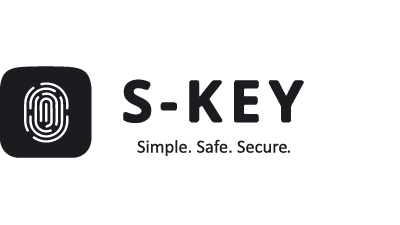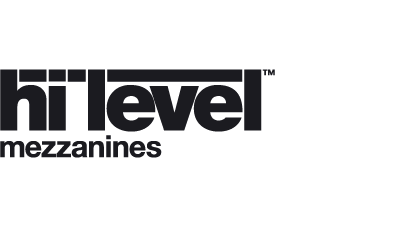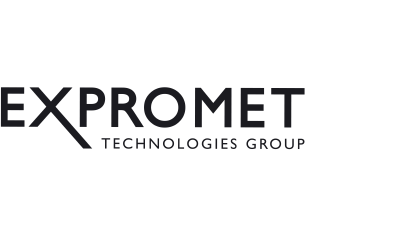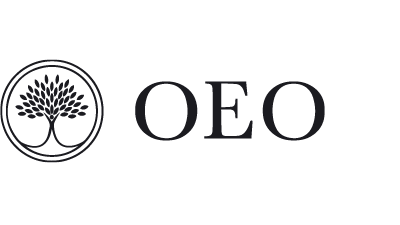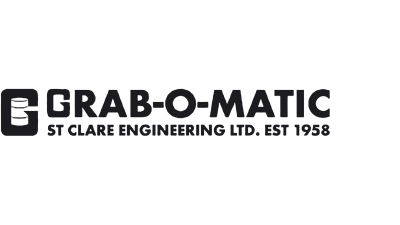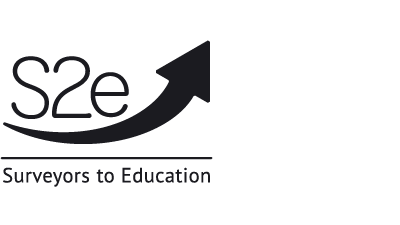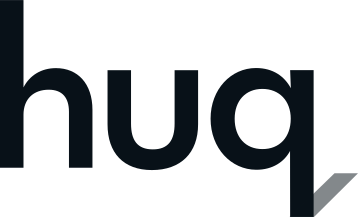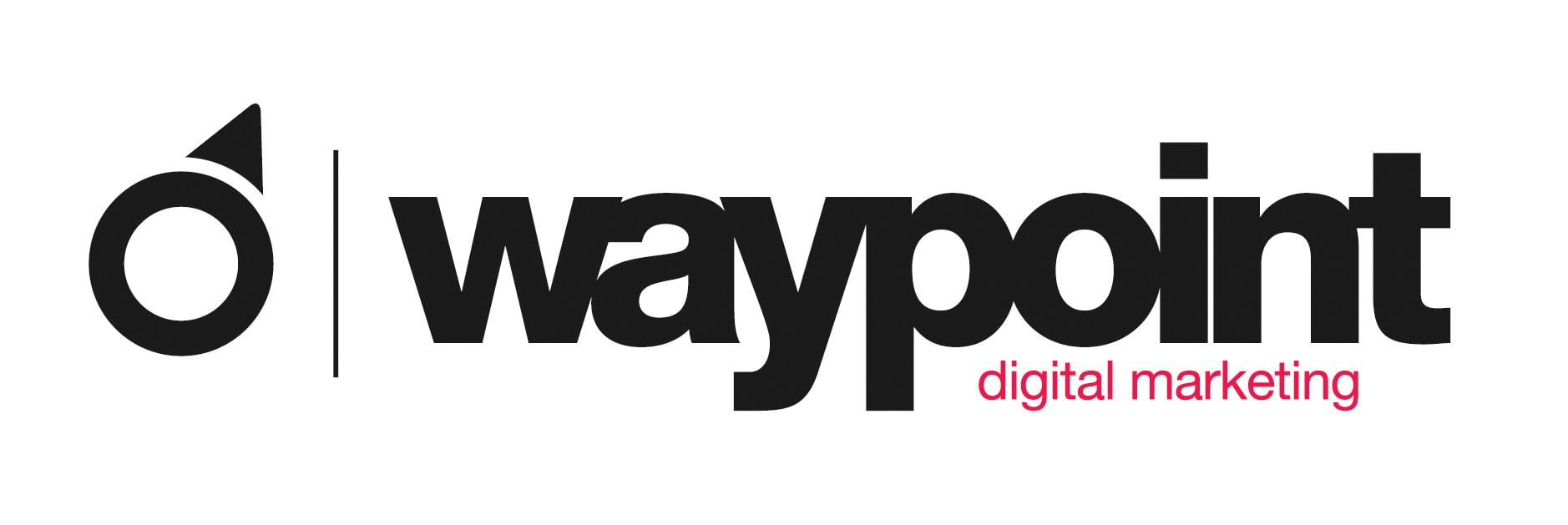AI-enhanced photos are just a click away. Your profile photo on LinkedIn and other social media can be tweaked to perfection: better skin, cooler hair, a choice of clothing to fit the message you want to convey about who you are and what you do.
But what if the real you is the one people want to connect with? When contacts and customers meet you online or in person, how will you match up to your AI-enhanced self? And what does a mismatch do to your personal brand? In this blog, we’ll explore how AI-enhanced images can boost or damage your marketing presence.


AI-enhanced photos in marketing
AI-image enhancers are powerful tools that can boost creativity and productivity by intelligently improving image quality. Used purposefully, they can help you stand out from the crowd, remove distractions and magnify key details to provide a clear visual message. However, using AI-to enhance photos can also backfire, creating the impression that you have something to hide.
Building trust in your brand
Marketing is all about building trust in your brand, so that people feel comfortable buying from or working with you. Businesses even develop a brand ‘character’ to ensure that our marketing messages fit together and build a coherent core which customers can trust.
According to Edelman’s Trust Barometer Report, 81% of consumers say they need to trust a brand before making a purchase decision. Human psychology leads us to trust something genuine that aligns with our values. Conversely, if we sense that something is not authentic, we immediately doubt and lose trust in the brand.
Authenticity
Authenticity is the quality of being genuine, of sticking to a consistent set of values. In marketing, authenticity is closely bound to trust: if you (or your brand) behave authentically, your audience feels able to trust you.
One of the risks of AI-enhanced marketing photos is that lack of authenticity can damage trust in your brand. Digital tools from Photoshop to Facetune allow us to tweak authentic photographs, but even minor changes can cause suspicion (as the Princess of Wales found out). Using AI-tools to ‘enhance’ your features on your LinkedIn profile carries the same risk – it can suggest that you are not being authentic, or at the very least have something to hide. All of which imperils trust.
Relatability
People tend to buy from people. Unlike digital tools, we are programmed to trust people to whom we can relate, and whose stories resonate with us. To some extent, this means recognising and acknowledging our faults. We are human, we are imperfect – and organisations are the same.
AI-enhanced images can strip away the imperfections that make us uniquely human. They can enhance what we perceive to be attractive assets. But in doing so, they risk removing the very authenticity that drives trust in us and in our brand.


Ethics and marketing
The use of AI-in marketing, including generating images, is rapidly evolving. Alongside excessive manipulation of photos, AI-image generation raises ethical questions about deception.
The UK’s Advertising Standards Authority (ASA) has addressed the use of AI-in advertising, emphasising the importance of transparency and avoiding misleading consumers. While not specifically focused on AI-generated photos, ASA guidelines underscore the need for authenticity in marketing practices.
Perhaps more importantly, customers increasingly see ethical practices as important to their trust in a business. In a world of fake news, propaganda and misinformation, the 2024 Edelman Trust Barometer shows that trust in UK businesses is declining.
Consumers know more about AI than business leaders think
Business leaders should not underestimate consumers when developing and deploying AI-enabled solutions. This is the conclusion of research by BCG reported in April 2024. BCG’s Center for Customer Insight surveyed 21,000 consumers from 21 countries.
Consumers’ awareness of AI-is higher than expected. More than 90% of consumers in India and the United Arab Emirates have heard of ChatGPT, and in China and Saudi Arabia awareness exceeds 80%. Overall, 75% have used ChatGPT or another AI-driven service.
“Consumers demonstrate a highly nuanced understanding of AI-and its positive and negative aspects,” reports BCG. “Consumers feel excited about AI—but a significant subset exhibit a good understanding of the potential downsides of AI-if the technology is not ‘done right’.”
BCG’s report recommends that organisations should build trust by respecting consumers’ views. Consumers have a solid understanding of AI; they see long-term implications—good and bad. So, the first step is to not underestimate their feelings about this transformative technology. From a marketing perspective, this means recognising the potential downsides of manipulating images.
“Marketers and leaders must recognize consumers’ perspectives… they must operate and communicate honestly and objectively, balancing the benefits with explanations of the risks. In that way, they will build trust.”
How to use AI-enhanced images
Like all artificial intelligence, it is the human intelligence behind the use of AI-enhanced images in marketing that brings success or failure. Used with care, AI-enhanced images can be a useful and effective tool.
Here are Waypoint Digital Marketing’s Top 3 Tips for using AI-tools to enhance images such as your profile pictures:
- Be authentic
When your online presence matches your real-life appearance, it fosters a genuine connection and builds trust. We’ve observed that LinkedIn posts featuring staff members consistently outperform other types of posts, because people relate to the human element behind a business. So, keep sharing – but remember to keep it genuine and relatable to build credibility. To learn more on how to optimise your LinkedIn profile click here.
- Be ethical
To build trust in your brand, you need to respect the fine balance between misrepresentation and ethical enhancement. Would your friends recognise your profile picture? If in doubt, ask us for guidance on ethical AI-enhancements.
- Be transparent
AI-enhanced images offer cost and flexibility benefits that can make the use of AI-a helpful option. As consumers become more aware of AI-generated content they may scrutinise marketing images more closely, so being transparent about its use is the trustworthy choice.
You can avoid misleading consumers by clearly labelling AI-generated content. Instagram has started to tag content ‘Made with AI’ in an attempt to be transparent with audiences, but since this tag is appearing on both AI-edited and AI-generated images, there is still no clarity. Proactively labelling AI-generated images and AI-enhanced photos shows that you are being honest and transparent.
Using AI to build trust in your brand
Artificial intelligence can bring new content to your digital marketing strategy, allowing you to generate text and images that enhance your brand and build trust.
Edelman’s 2024 Trust Barometer confirms that consumers will protect brands they trust:
- 65% are more likely to buy new products from brands they trust (even if it’s more expensive)
- 55% stay loyal and do not shop around for other brands
- 53% will advocate and recommend the fully trusted brand to other people.
At Waypoint Digital Marketing we offer a full range of services to enhance your online presence while maintaining the integrity of your brand. From social media management to content creation, our strategies use AI-carefully to ensure your marketing is authentic and impactful – we can even take care of your LinkedIn and other social media profiles to deliver effective ‘people to people’ marketing.
Contact us today to find out more about building trust in your brand through authentic digital marketing on 01962862760 or email info@waypointdigitalmarketing.com


